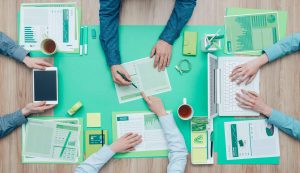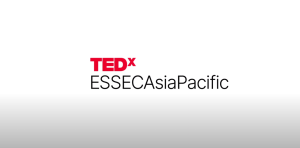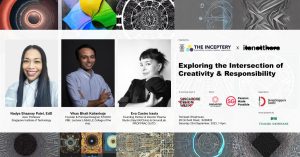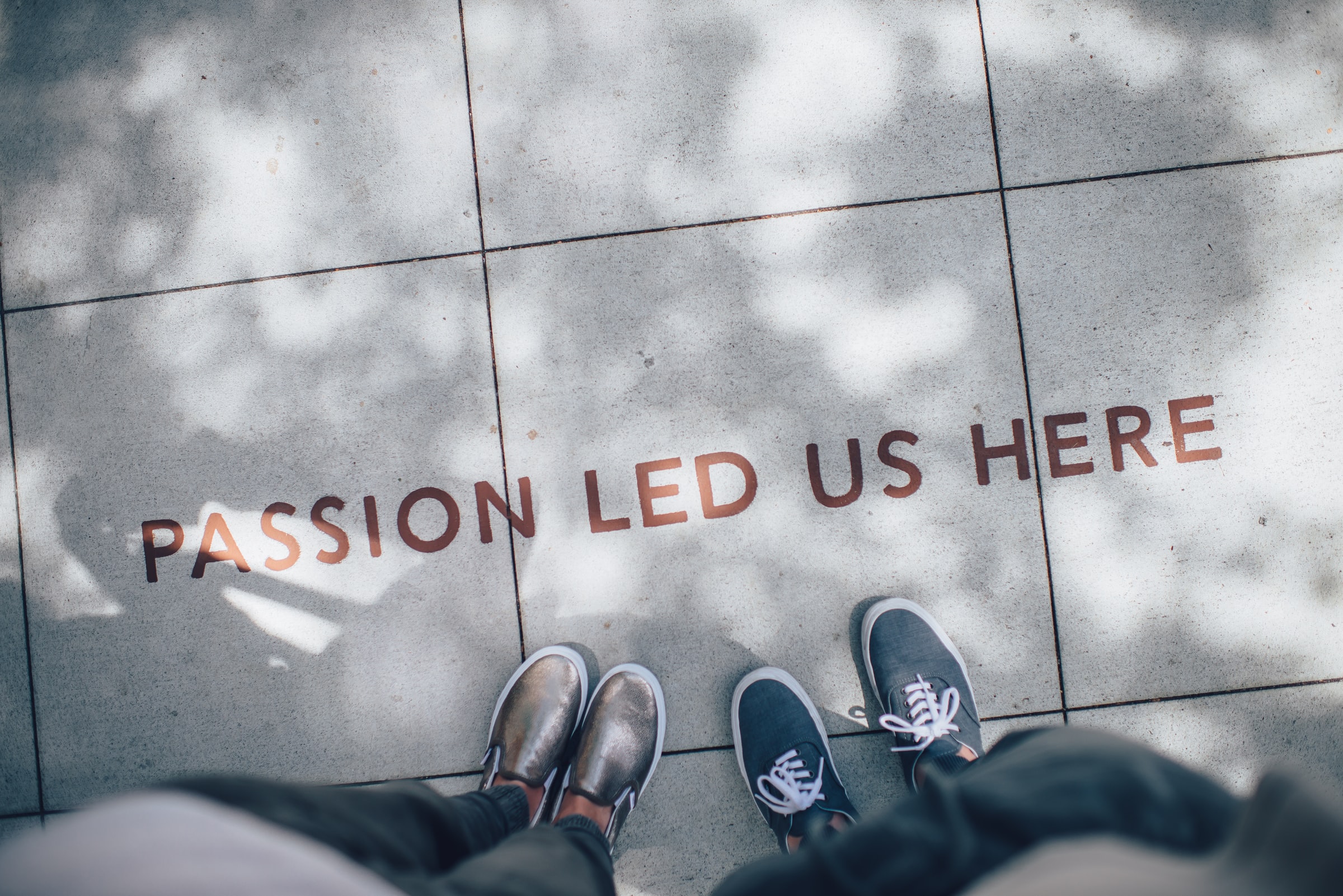With the beginning of a new decade, there is a lot of current discussion about the next ten years as we move from 2020, towards 2030. In the #globalsustainability circle, the significance of this particular year is linked to the #UNSDGs by which time the adopters aim to have achieved the goals (or perhaps made significant progress) in solving these major #humanitybased challenges. Looking at the current state of affairs now, how far we may be in reaching those goals, may be an exercise in equanimity.

With the beginning of a new decade, there is a lot of current discussion about the next ten years as we move from 2020, towards 2030. In the #globalsustainability circle, the significance of this particular year is linked to the #UNSDGs by which time the adopters aim to have achieved the goals (or perhaps made significant progress) in solving these major #humanitybased challenges. Looking at the current state of affairs now, how far we may be in reaching those goals, may be an exercise in equanimity.
Much of the work in #innovation focuses notably on creating, reimagining and defining the future; through different frameworks and methodologies we find ways to bring people along on a journey of imagination and vision, to prevent or solve problems or to find new ways of creating value.
Where projects or engagements allow, there may also be the time and opportunity to work with teams that can visualise these futures to a point that captures the imagination through both roughly made artefacts or even refined and detailed productions – CGI’s, short films, installations. Even simple print or news headlines can start to shift us into a space that opens the mind to new ideas and possibilities. These can really help to bring ideas to life and present a compelling reality to be grounded in for innovation.
Commonly there will be views of utopian and/or dystopian realities to contend with, and specific expressions of how those looks are often portrayed; the implications on our built and natural environment, the dissemination and accessibility to resources (energy, water, food, information, products), what our homes will look like, continental migration and the cultural and behavioural effects on our society are just a few of the areas visualised. Frequently within these, we can see that there may be inherent value judgements embedded into both (utopian and dystopian) states. This assessment is almost automatic if we use our current experience as our point of reference from which to compare with. It is interesting because there are many variations in standards and expectations between geographies, of what constitutes improvement or decline in existence (there are many factors to consider and how one frame can make a huge difference in that). It can indeed be a very subjective matter. If we look at an interconnected and systems level we will understand that there is no separation.
When working in a field that requires imagining #possibilities, alternate, future realities, or creating ideas of that which does not yet exist – I’ve found that many participants find doing this very challenging (suspending their current understanding or disbelief) as it is not only not what their daily experience is, but it can fundamentally challenge or threaten their belief system or their very existence; causing a varying degree of cognitive dissonance – just by thinking about the future! It is often because they are basing their understanding or analysis on an existing or different paradigm to that which we would need, in order to move beyond the now. Creating even a moment of internal shift is critical for opening.
In our work, we as practitioners ourselves become acutely aware of our own perspectives, prejudices, biases and expectations.
It is here that we begin to need to explore, understand and become aware of our internal workings in order to ensure we are not simply projecting onto, overly influencing or imposing our own preconceptions and experience of the world onto others. My philosophy is based on the fact that we are simply facilitators and conduits to help others in their visioning. (This is another subject for much discussion in our future posts).
For those like me who are fascinated by the direct and indirect relationship of the present to the future world, I would highly recommend heading to the Art Science Museum here in Singapore at the Marina Bay Sands. One of the current exhibits 2219 | Futures Imagined, is a visualisation of how life might look 200 years from now in Singapore. It is inspired by Singaporean writer and poet Alvin Pang.
The content is mixed medium with installations, films, images, artefacts and more – including a 3 dimensional home setting by #Superflux. Some of the exhibits are abstract and some are more concrete. Some relate to the past in order to connect to the future. As with all the experiences in a museum or exhibition, the devil is within the detail which has been carefully thought through and included so, spending a few hours here is not a bad thing to fully digest what is being offered and displayed. The exhibition left me contemplating broadly many facets of how life could be in the future.
Without spoiling what you might experience, it depicts what life might be like in 2219 in a variety of interesting ways that give rise to deep reflection against our world today that will cause you to really understand what it means to reframe things.






The Library of Necessary Books at 2219: Futures Imagined.
There were many highlights but personally the following really opened my mind to the future.
These elements were the:
- News footage at the start of the exhibition by #Woha
- Mitigation of Shock, 3d interior by #Superflux
- Strange Times Newspaper by #Woha
- Library of Necessary Books (see images above).
The only images I have included are those of the books at the Library of Necessary Books. These alone were thought-provoking enough as a window into what the future might be like.
2219: Futures Imagined in on display at the Art Science Museum until April 5, 2020.
Interested in what the future might hold for you and your organisation? Wondering if your business can become resilient or adapt to the changes that lie ahead? #TheInceptery can lead your teams through a programme of workshops based on the Futures framework to see how your organisation, business and products can evolve into that space.







